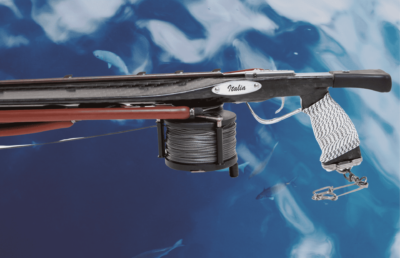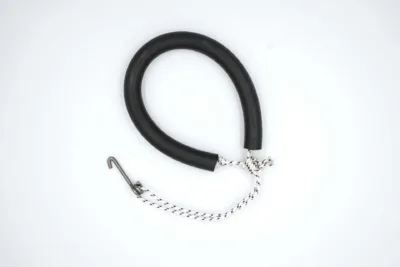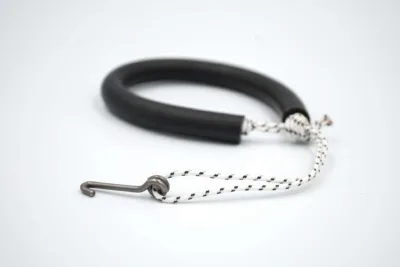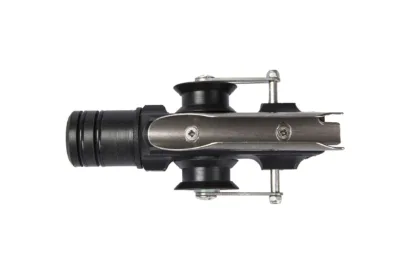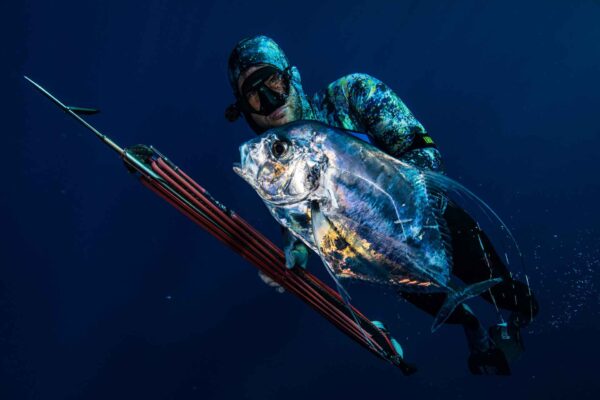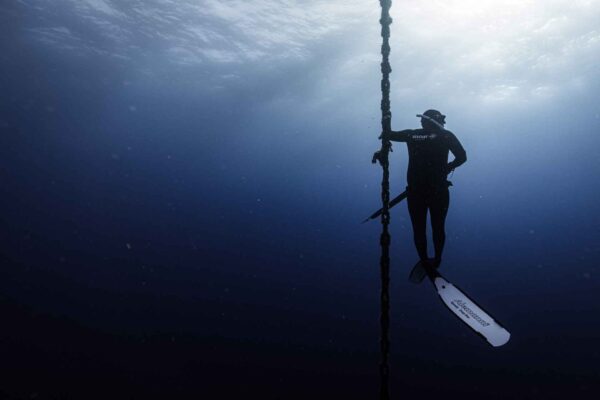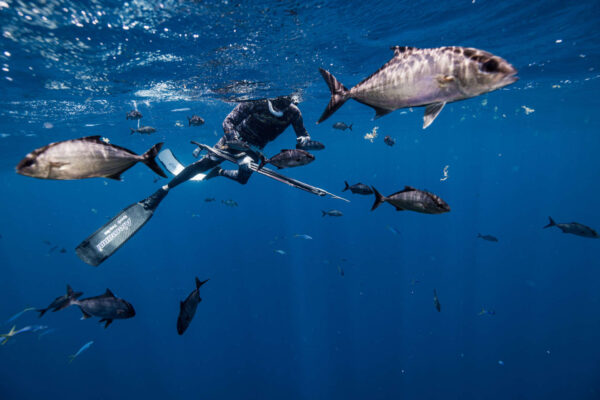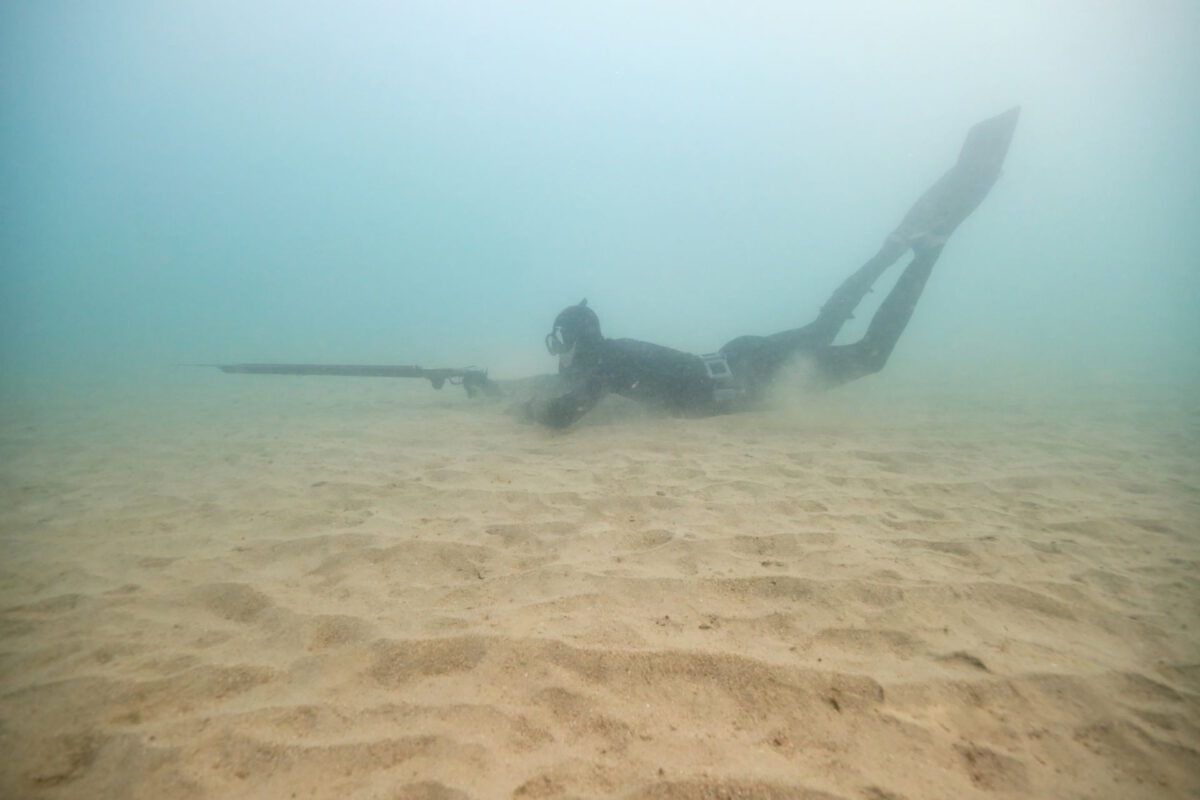Underwater fishing techniques
Underwater fishing: tricks to attract fish
Underwater fishing: tricks to attract fish
The spread of Spearfishing, which humans have practiced since ancient times, has made fish much more wary of the large silhouettes of freedivers. So fishermen began to experiment with new techniques and new tricks for attract prey without scaring them, especially in the spearfishing on the lookout, one of the most loved and practiced techniques by divers.
The most popular tricks for attract fish they do nothing other than exploit some physical and ethological characteristics of fish, such as Curiosity, territorial instinct and opportunism. Each species, therefore, will have its own "call".
Spearfishing: how do fish see us?
To know attract fish, we must first understand how they perceive the world. We know that water conducts noises and smells very well, and that fish are able to sense even the slightest vibration of movement meters away.
They have a good sense ofhearing and a sense ofsmell which can be useful to the fisherman, but also have a sense halfway between touch and hearing which allows him to perceive the slightest movement of a fisherman nearby: it is called lateral line, and is a sensory system composed of a series of arranged receptor organs along the sides of the animal.
This lateral line, which in effect forms a visible line along the entire side of the fish, is like a band of very powerful sensors that allow the fish to perceive the low frequency vibrations and pressure waves created by the movement of bodies in water.
È the most powerful “sight” of fish, the one not to expose yourself to to avoid being warned, the one to "play" with to arouse the fish's curiosity.
Most fish have monocular vision and are able to see in one field of view of almost 360°C. Predators, on the other hand, have close-set eyes that allow them binocular vision but do not allow them to see objects closer to their snout – another feature that can speak clearly in favor of the harpoon.
How to attract fish: noises and vibrations
From this information, it is easy to see why most tricks for attracting fish concern the emission of noises and the creation of vibrations, as happens for example with the classic "slap" on the surface of the water.
Especially when it comes to predators, who cannot see us at close range, noises (guttural or friction on rocks) can be very effective in arousing curiosity without making the prey suspicious.
However, you must always keep in mind that fish get scared and change their mind very easily: move slowly, silently and blending in with the environment is a fundamental rule of every freediving fishing trip.
Spearfishing: 7 tricks to attract fish
In the water, every fisherman has his own customs: just as there is no universal method capable of attracting all fish, there is no strategy accepted and adopted by all freedivers. Some tricks to attract fish, however, have become more popular than others over time. Here are some of the most popular:
- lo “slap” on the surface of the water: it is a very common technique, but it can be too violent for some fish. It works better in murky waters, when the fish is on the bottom, or in any case far from the rocks;
- la sand cloud: raising a cloud of sand is a good trick to attract murmurs, mullets, soles and other species similar to the element of sand;
- le bubbles from the mouth: many underwater fishermen release a few bubbles of air from their mouths to attract fish. The light reflected on the bubbles creates a sort of glimmer that can especially deceive predators, who see something similar to small moving fish;
- i guttural verses: Sound calls work well with sea bream, sea bream, amberjack, mullet and sea bass, but it takes a lot of experience to find the right intensity and intention to attract prey;
- scratch on the rocks: Many divers attract fish, above all sea bream and sea bass, scratching with a stone or with the butt of the speargun on the rocks;
- show up and step back: complex but very effective method especially with predators. Once we descend to the dead-leaf bottom, at a point where the fish can glimpse us, we move back with slow and constant movements: the most curious predators, such as snappers, they will not resist the temptation to see what moves;
- look the other way: the most experienced spear fishermen know very well that fish can keep track of all the pupil movements of the fisherman. Keeping your eyes half closed and looking (even glaring) in other directions is one of the most used tricks to attract fish.




